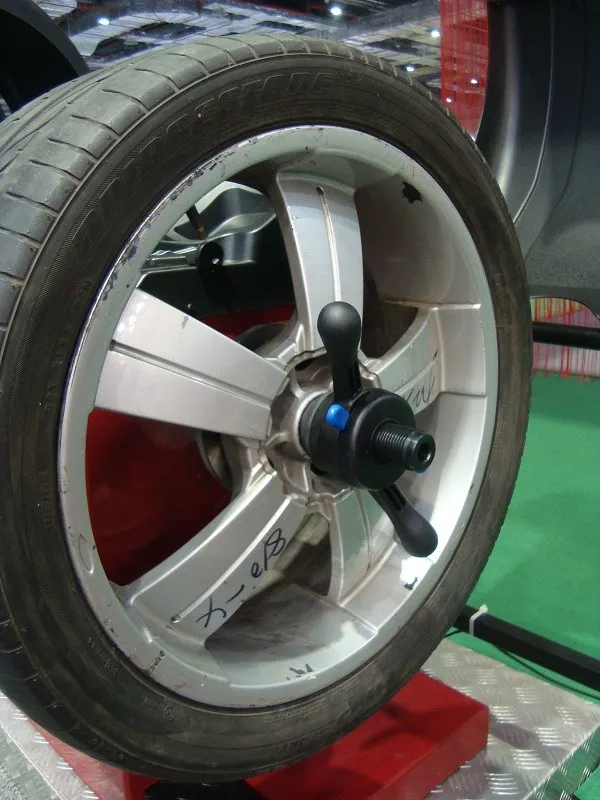

Lower density materials, such as zinc, produce longer weights, so much so that in higher weight increments, the center of gravity of these weights can be below the rim flange, resulting in weight chasing and balance accuracy issues. While they may be larger in size than lead weights, steel weights have the highest density of cost-effective alternatives with no known environmental or health issues. Steel wheel weights are becoming an industry standard for health and safety. There are also no recycling programs available for zinc wheel weights. In addition, they are harder to produce to tight weight tolerances and are currently under review for environmental impact. However, they are also less dense, making them larger on the wheel. Like lead wheel weights, zinc weights are cast and provide a more contoured appearance on the wheel. As time goes on, more states will continue to ban or restrict lead wheel weights due to the material’s harmful effects. Other states have legislation that is pending or has been presented and not passed. States in which lead weights are illegal are California, Minnesota, Illinois, Maine, New York, Vermont, Washington, New Jersey and Maryland. Lead is known to be highly toxic and has been linked to a variety of health hazards.Ĭurrently, nine states-as well as large independent tire dealerships-have banned the use of lead wheel weights. Geological Survey, lead weights that fall off vehicles and are ground up on roadways can contaminate water sources.
A vehicle in perfect balance install#
With greater density, a lead weight allows technicians to install a smaller, yet heavier, weight.īut, depending on where you live, you might not legally be allowed to sell, distribute or service a vehicle with lead wheel weights. Lead wheel weights have been manufactured for decades and are known to be more malleable and denser than zinc and steel. When deciding which one to use, state regulations, environmental factors, material cost and product fitment are a few factors that play a role. Today, the three most common types of wheel weights in use are made from lead, steel or zinc, and are offered in adhesive or clip-on forms. Understanding the nuances of each wheel weight material in the market can help your technicians perform a better balance every time.


 0 kommentar(er)
0 kommentar(er)
